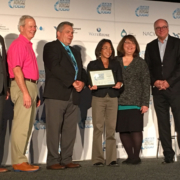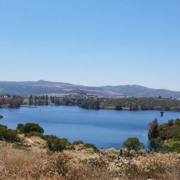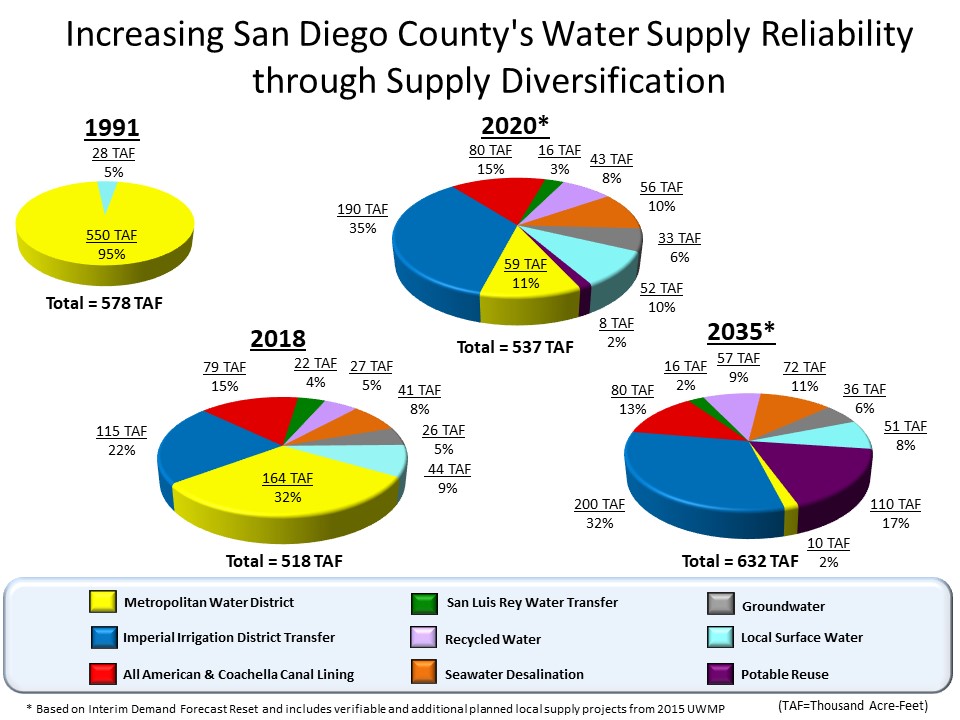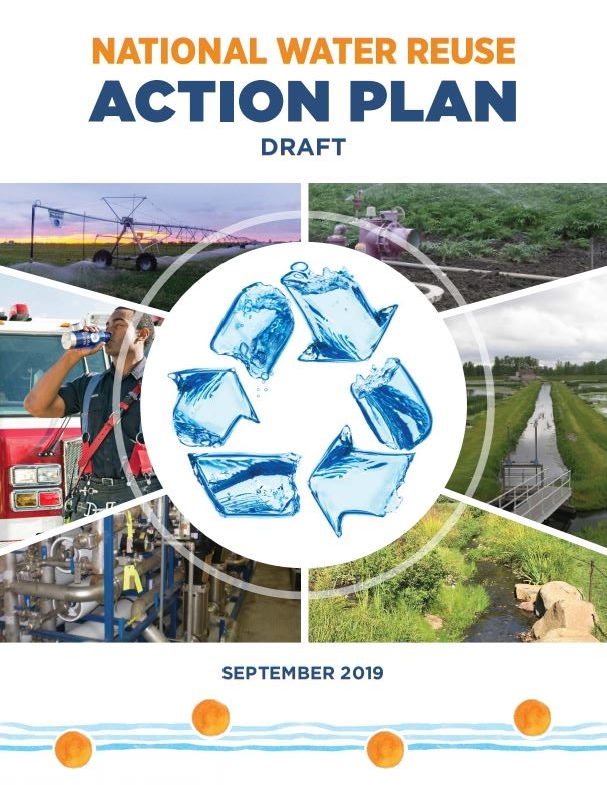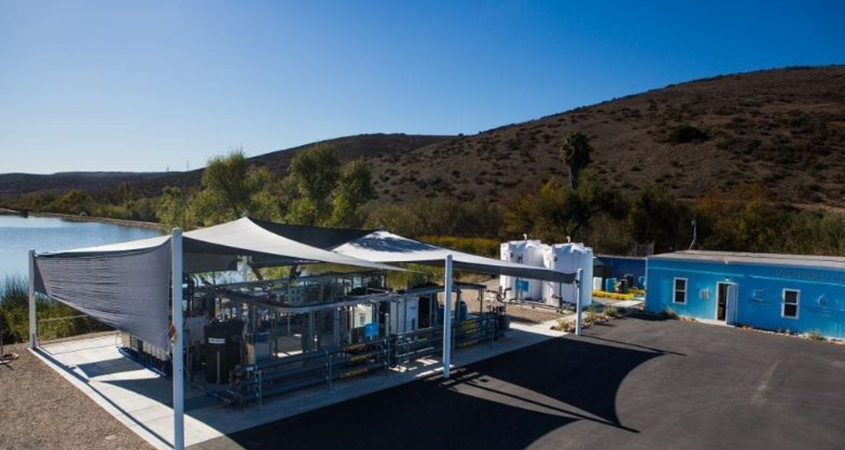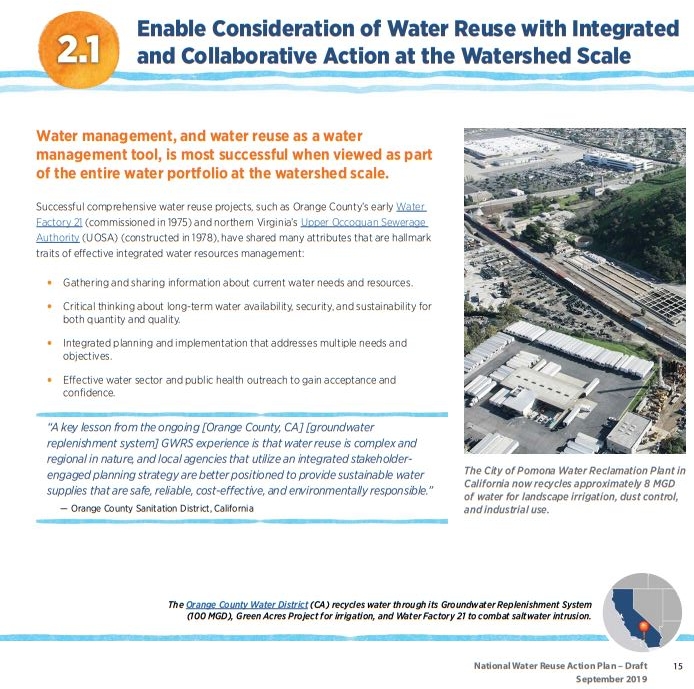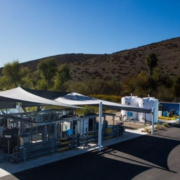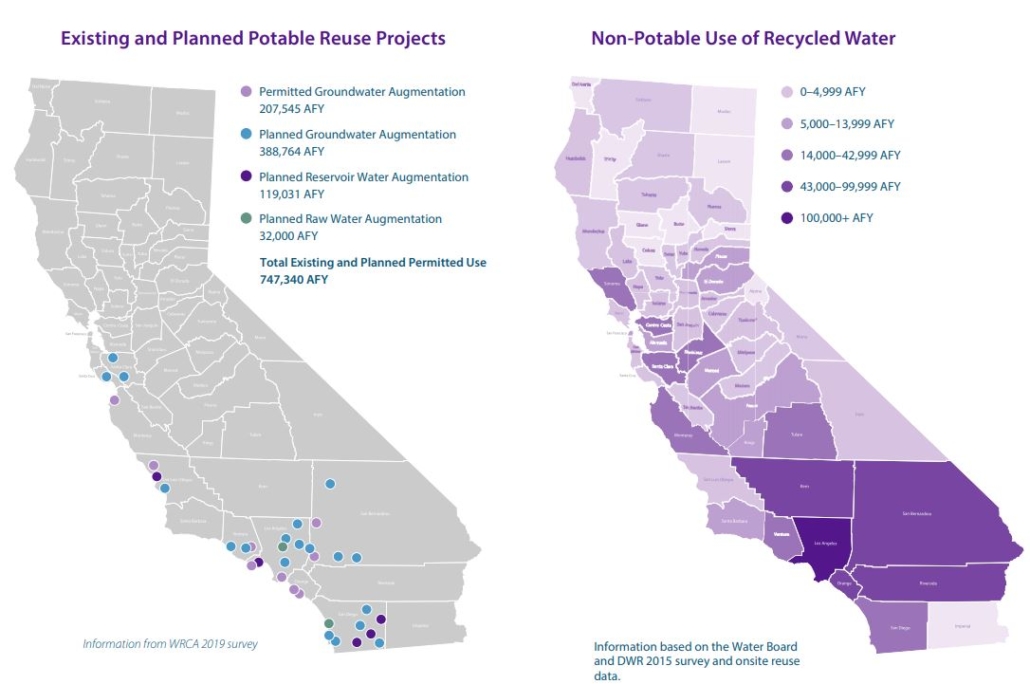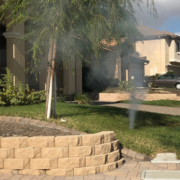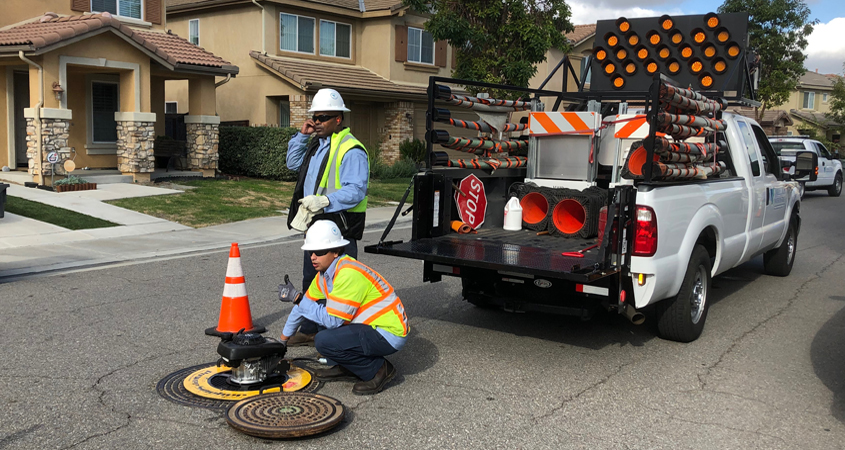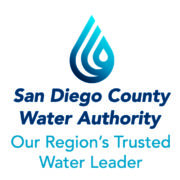San Diego Public Utilities Department Honored for Sustainability
The City of San Diego Public Utilities Department has been recognized as a “Utility of the Future Today” for its outreach efforts for the Pure Water San Diego Program.
The honor was bestowed today by a partnership of water sector organizations, including the National Association of Clean Water Agencies, the Water Environment Federation, the Water Environment & Reuse Foundation, the WateReuse Association and the U.S. Environmental Protection Agency.
The program recognizes the achievements of water utilities that transform from the traditional wastewater treatment system to a resource recovery center and leader in the overall sustainability and resilience of the communities they serve.
Pure Water Program ‘a national model’
“Being named a Utility of the Future Today further demonstrates the City’s commitment to producing a sustainable water supply for our citizens,” said Mayor Kevin L. Faulconer. “The Pure Water Program is a national model for finding an innovative solution to our water needs.”
The City received the award at the Water Environment Federation’s 92nd annual Technical Exhibition and Conference held in Chicago from Sept. 21-25. The San Diego Public Utilities Department was previously honored as a Utility of the Future Today in 2016 for its efforts in community engagement and water reuse.
Forward-thinking, innovative water utilities
“We take pride in our work and are very honored to receive this recognition,” said San Diego Public Utilities Department Director Shauna Lorance. “We strive to provide the very best service to our customers, and that includes planning for the future.”
The Utility of the Future Today concept was first introduced in 2013. It celebrates the achievements of forward-thinking, innovative water utilities that are providing resilient, value-added service to communities, particularly in community engagement, watershed stewardship and recovery of resources such as water, energy and nutrients.
Pure Water San Diego is the City’s phased, multi-year program that will provide one-third of San Diego’s water supply locally by 2035. The Pure Water San Diego Program will use proven water purification technology to clean recycled water to produce safe, high-quality drinking water. The program offers a cost-effective investment for San Diego’s water needs and will provide a reliable, sustainable water supply.

